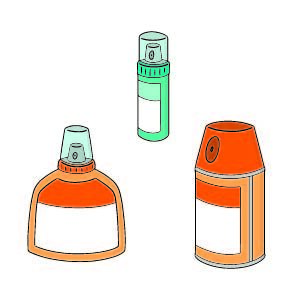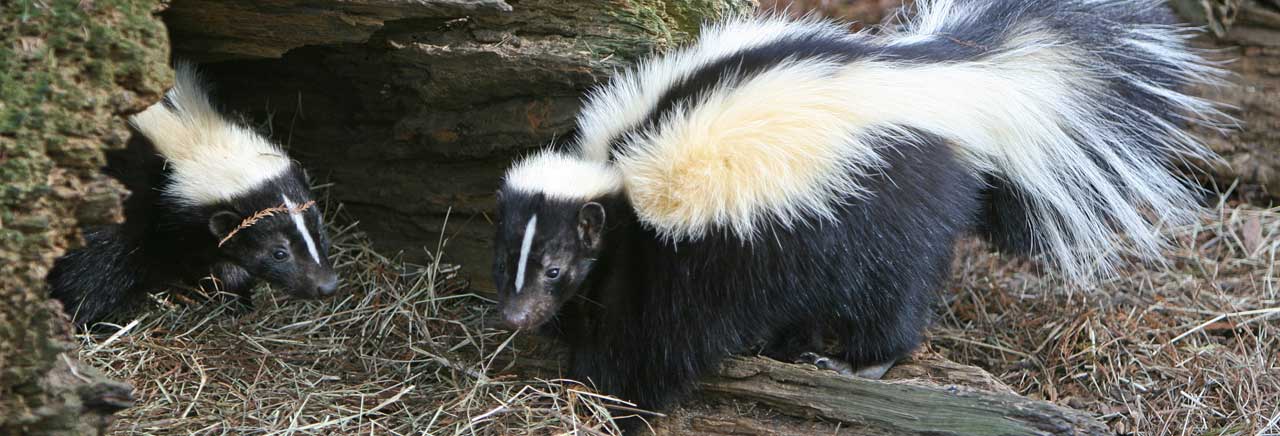
There’s a large market for various types of animal repellents and deterrents but most are not successful or effective. We always recommend trapping and physical removal of animals as the most effective way to ensure the animals do not return.
We’ll go over a few different repellents and explain why we find them ineffective.
The Different Types of Animal Repellents
Ultrasonic Devices/Noise Makers
These devices produce different sound frequencies depending on the animals they are intended to repel. They use frequencies higher than 20 kHz/kilohertz or lower than 20 kHz. On some devices, the user can adjust the frequency.
The sound is intended to irritate pesky critters and prevent them from creating their living spaces close to where the noise originates from.
The issue with these is that they can be audible to certain individuals depending on their age and hearing sensitivity. These noises can also disturb your household pets or nearby household pets. It’s also not a humane method, some scientific studies have shown that animals react to a rise in body temperature rising or seizures. Then, the animal may pass in an enclosed space which leads to a tricky animal extraction.
Ultimately, scientific studies completed on ultrasonic devices have no control group; there is no concrete scientific evidence to back up their efficiency. Many customers we have talked to mention they have tried the ultrasonic device and it did not solve their issues. On some occasions, we have seen bats hanging off of ultrasonic devices!
Sprays/Powders
By looking at the low reviews of many different repellent sprays, one can see that these are ineffective. Most liquid repellents are used for types of gardening and planting. Repellent sprays are supposed to make the animal so uncomfortable in a space the animal would normally be comfortable at that they leave and find a new residence.
One of the biggest issues with sprays is that you will need to continue purchasing them and they do not keep animals away permanently. Often, the offending animals keep returning to the areas they find to be optimal living spaces hoping the repellent has worn off. More often than not, the repellents are ineffective even for short-term use.
To keep animals from returning, we always suggest physical removal of the animal and exclusion to keep the animal from returning. By sealing off potential entry points around homes, sheds, decks, etc then the animals are not provided with an opportunity to exploit the area.
Poisons
The most common issue we see with poisons is that animals will often die from the poison and become trapped in a small area. They emit a foul odor and depending on where they wedge themselves, it’s a costly repair. Especially, small rodents like mice and rats that often become trapped in walls after ingesting poison.
If this does or has happened, we do offer the removal of dead animals.
The Bottom Line
In conclusion, we always recommend the physical removal of all animals followed by exclusion and remediation. Give us a call or use our contact form if you’re noticing animals in or around your home!


